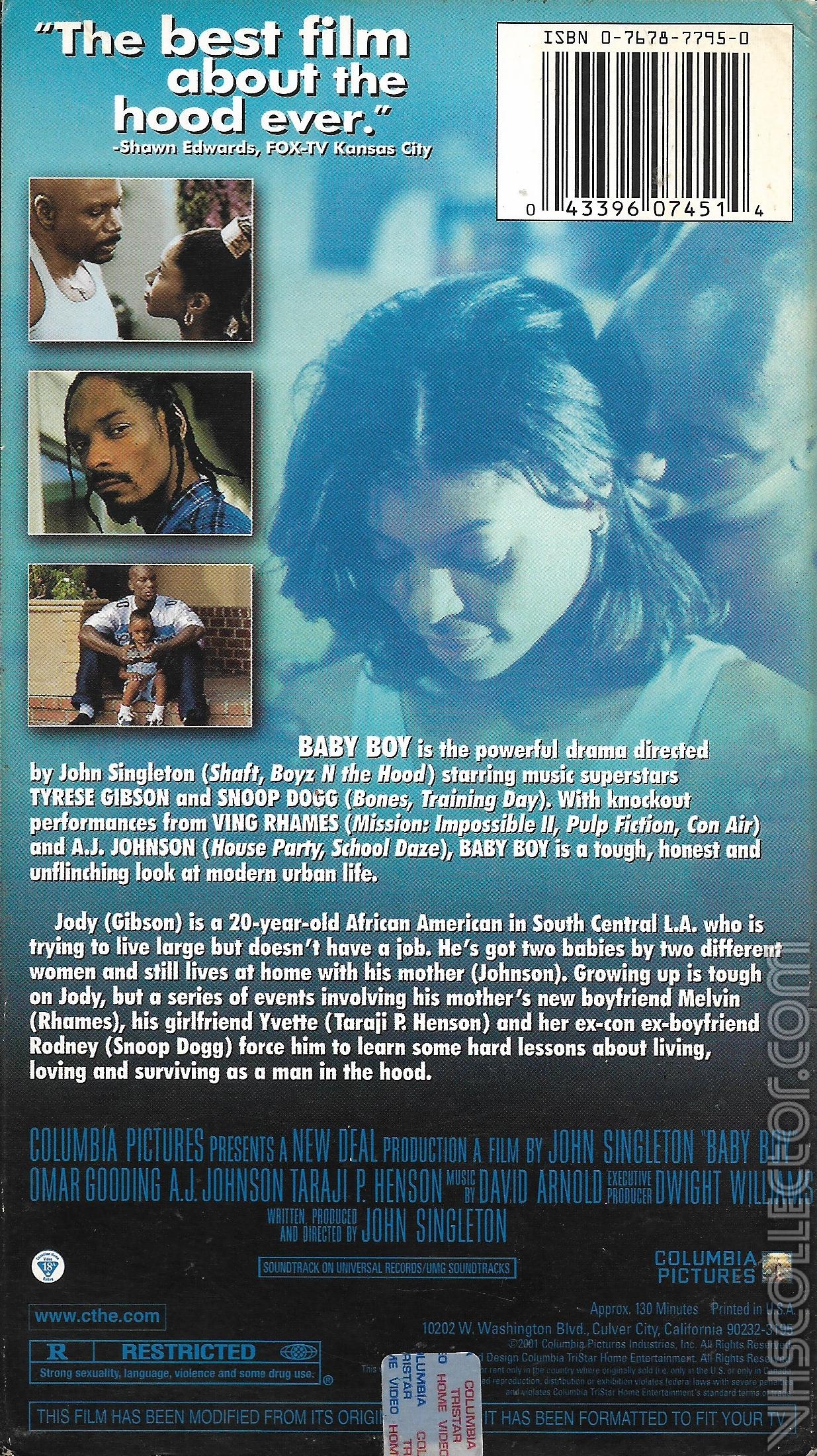

- #POWERSHELL DISPLAY MENU TO USER HOW TO#
- #POWERSHELL DISPLAY MENU TO USER INSTALL#
- #POWERSHELL DISPLAY MENU TO USER UPDATE#
- #POWERSHELL DISPLAY MENU TO USER CODE#
It comes with a lovely font called Cascadia Code.but. If you don't have access to the Microsoft Store, the builds are published on the GitHub releases page. Get Windows Terminal if you don't already have it, you can get Windows Terminal free from the Store. Get Windows Terminal and set a default Shell
#POWERSHELL DISPLAY MENU TO USER INSTALL#
There's a LOT of ways to get it but I'm a Store person usually so I can get PowerShell (and it'll auto update) from the Microsoft Store or just " winget install Microsoft.PowerShell" from the command line with winget. NET Core-powered cross-platform PowerShell. I don't mean Windows PowerShell (that's "classic" now) I mean the. But I like it, and this post will serve as my "setting up a new machine" post until I get around to writing a script to do all this for me in one line. I doubt that this post is perfect and I'm sure there's stuff here that is a little extra.
#POWERSHELL DISPLAY MENU TO USER UPDATE#
I want to take a moment to update my pretty prompt post with a little more detail and a more complex PowerShell $PROFILE, due to some changes in Oh My Posh, PowerShell, and the Windows Terminal. Taking your PowerShell prompt to the next level with Windows Terminal and Oh my Posh 3.What's the difference between a console, a terminal, and a shell?.
#POWERSHELL DISPLAY MENU TO USER CODE#
#POWERSHELL DISPLAY MENU TO USER HOW TO#
How to make a pretty prompt in Windows Terminal with Powerline, Nerd Fonts, Cascadia Code, WSL, and oh-my-posh.Here we also discuss the definition and syntax of PowerShell User List along with different examples and its code implementation.I've long blogged about my love of setting up a nice terminal, getting the prompt just right, setting my colors, fonts, glyphs, and more. You can use the task scheduler to send emails to Administrators for the list of created, expired, about to expire accounts monthly. Invoke-Command -ComputerName LabMachine2k16 -ScriptBlock | Select Name, SAMAccountName, PasswordNeverExpires ConclusionĪs explained in this article, PowerShell uses the various commands to retrieve the list of the Users from the windows computer or from the active directory domain and that is helpful for administrators for their audit and clean-up tasks. To get the local users list from the remote computer use Invoke-Command in PowerShell,.We can use the “ Net User” cmd command to retrieve the user list from the cmd or the PowerShell.

Examples of PowerShell User Listįollowing are the examples are given below: Example #1: Getting Local User Accounts List Using Cmd When you run the local user commands on the domain controller, it will provide you the active directory users because DC doesn’t have the local users. If you are remoting to the older PowerShell version machines then the Get-LocalUser command won’t work there. In the earlier PowerShell version, to retrieve the list of users you either need to download the local accounts module or you need to use the cmd command like Net User (which still works) or the WMI method class Win32_UserAccount. Get-LocalUser command was introduced in PowerShell 5.1 and it is part of module. There are various methods to list the users in the PowerShell by using the Native commands like Get-LocalUser which retrieves the local user account details from the local computer or the remote computers or the Get-ADUser which retrieves the users from the Active Directory domain. In addition “Net User” command in cmd is also helpful to retrieve the local user list. We can also use the WMI or CIMInstance class Win32_UserAccount to retrieve the local user details from the local or the remote computers.


 0 kommentar(er)
0 kommentar(er)
